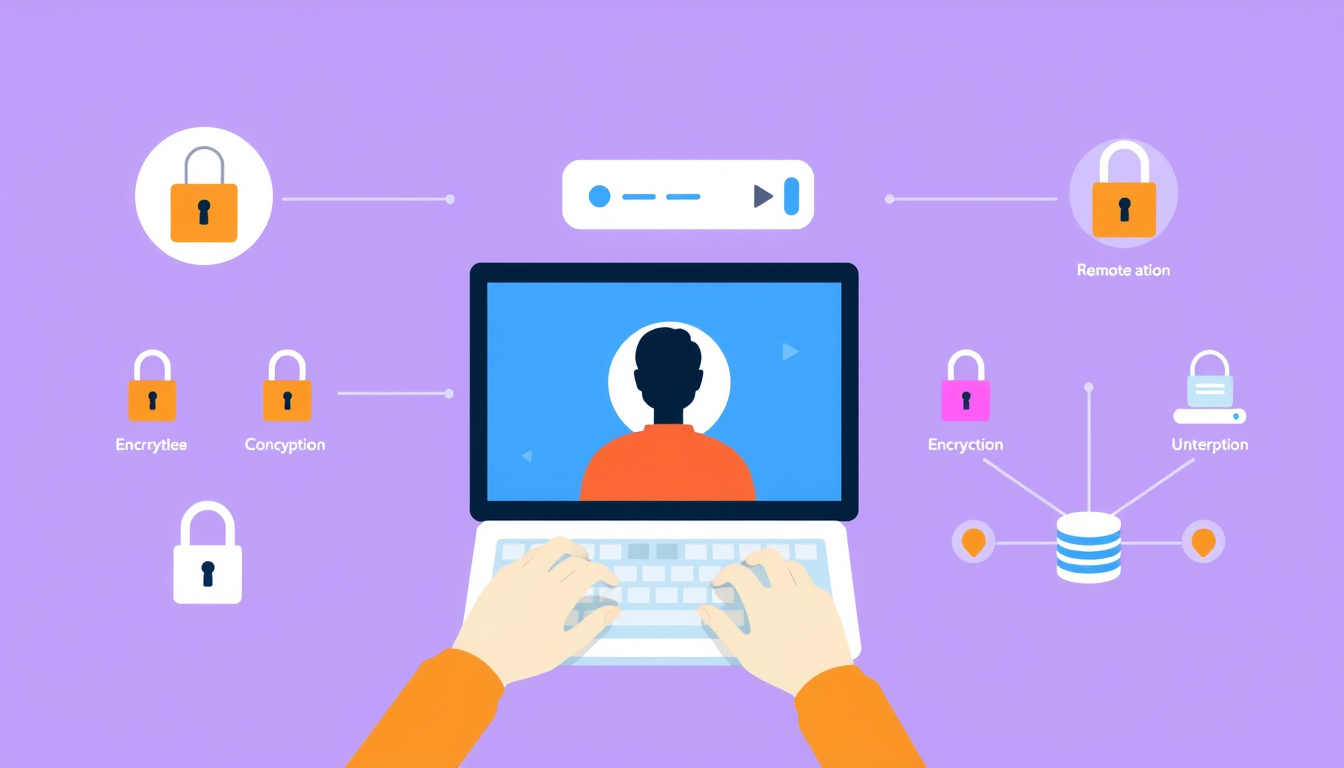In today’s increasingly mobile world, the ability to access computers and networks remotely has become essential. Whether for IT support, business operations, or personal use, configuring remote access securely and effectively is vital. This guide will provide you with a comprehensive look at remote access configuration, focusing on using Remote Desktop Protocol (RDP) and other frameworks within the Windows environment.
Understanding Remote Access
Remote access allows users to connect to computers or networks from a different location through the Internet or a local network. It has practical applications in various contexts, allowing for troubleshooting, management, and file access notwithstanding geographic barriers.
Prerequisites for Remote Access
Before diving into the setup process, it’s important to ensure that you meet the following prerequisites:
- Operating System: Only Windows 10 or 11 Pro and Enterprise editions support Remote Desktop. Windows Home editions cannot be configured for remote access.
- Network Connection: Ensure the remote PC is powered on and connected to a stable Internet connection.
- Administrative Access: You must have administrative rights to configure remote access settings.
Step-by-Step Guide to Setting Up Remote Desktop

Enabling Remote Desktop
Follow one of these methods to enable Remote Desktop on your Windows device:
Method 1: Using Windows Settings
- Open Settings: Press the Windows key + I to open Settings.
- Navigate to Remote Desktop: Go to System > Remote Desktop.
- Enable Remote Desktop: Toggle the switch to enable Remote Desktop. Confirm this action when prompted.
- Keep your PC Awake: Select options to keep your PC awake for connections and make it discoverable on private networks.
Method 2: Using Control Panel
- Access Control Panel: Type "Control Panel" in the search bar and select it.
- Go to System and Security: Click on System and Security > System.
- Allow Remote Access: On the left pane, click "Allow remote access", and in the Remote tab, check "Allow remote connections to this computer". Ensure Network Level Authentication (NLA) is enabled for enhanced security.
Configuring Firewall Settings
Proper firewall configuration is crucial for enabling Remote Desktop connections. Follow these steps:
- Open Firewall Settings: Search for "firewall" and select "Allow an app through Windows Firewall".
- Change Settings: Click “Change settings” and enable both Private and Public checkboxes for Remote Desktop to allow traffic for remote connections.
Securing Your Remote Access
Security is a primary concern in remote access configuration. To enhance security, consider implementing the following measures:
- Enable Network Level Authentication (NLA): This requires user authentication before starting a remote session, improving security against unauthorized access.
- Employ Strong Passwords: Ensure that all accounts with remote access privileges have strong, unique passwords. Regularly update these passwords to minimize risks.
- Implement Two-Factor Authentication (2FA): Adding an extra verification step, such as a mobile app or SMS code, secures remote login processes even further.
Configuring Remote Access in a Server Environment
If you are deploying remote access in a business or organizational setting, the following steps focus on configuring a Remote Access server.
- Install the Remote Access Role:
- Go to Server Manager, click Add roles and features, and select Remote Access.
- Set Up Deployment: Choose between DirectAccess and VPN or just VPN based on your organization’s needs, and configure Remote Access clients within the Remote Access Management console.
- Network Configuration: Ensure network adapters are correctly set and acquire necessary certificates for secure connections.
- Infrastructure Servers Setup: Configure network location servers, DNS settings, and other managed resources critical for remote connectivity.
Remote Access Across Devices
Remote Desktop Connection (RDC) can be utilized on various devices, including Windows, Mac, iOS, and Android. The general process includes downloading the Microsoft Remote Desktop app and entering the remote PC’s name or IP address, along with user credentials for access.
Using Remote Desktop on Different Platforms
- Windows: Open the Remote Desktop Connection app and input the remote PC’s details.
- Mac, iOS, and Android: Download the Microsoft Remote Desktop app from your respective app store and set up the connection by adding the PC details.
Conclusion
Mastering remote access configuration is crucial for enabling secure and efficient connectivity across devices and networks. By following the steps detailed in this guide and implementing robust security measures, you can ensure that your remote access setup is efficient while safeguarding against potential vulnerabilities. Whether for personal use or within an organizational framework, these practices will empower you to work more flexibly and securely.



